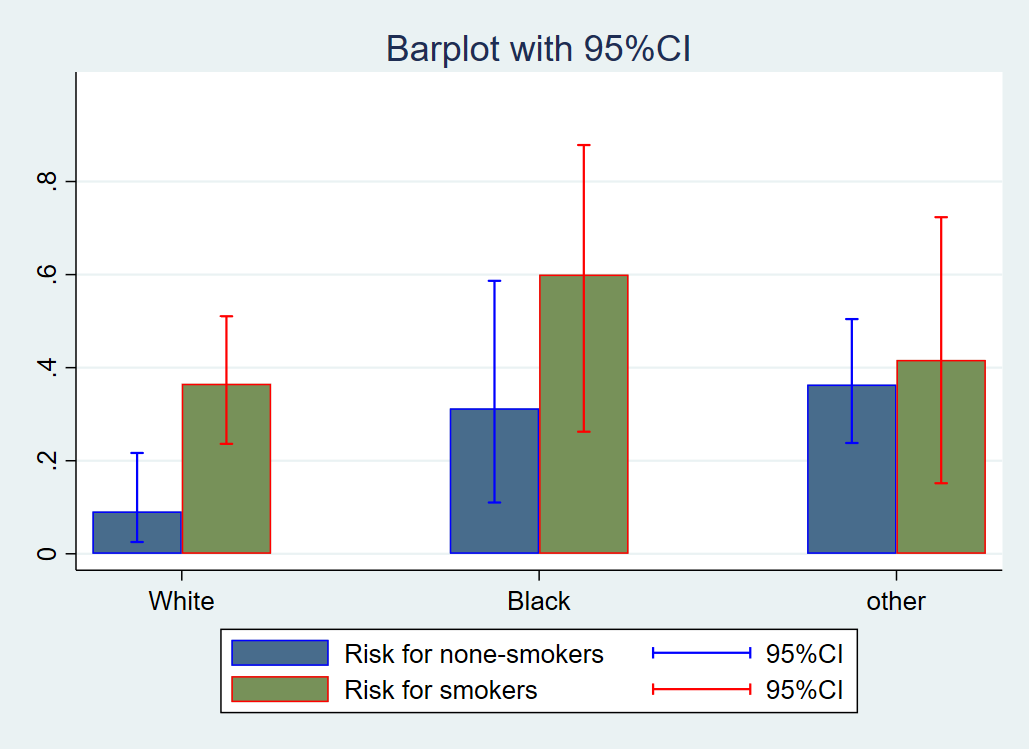

Binomial parameter p: An approximate confidence interval, which often works fairly well for large samples, is given by pˆ ± z α/,i.e. This is true, not just of case 1, but of all cases in general. Different samples of size 0 will tend to produce fairly similar estimates of the sample mean. For example, different samples of size 0 could produce widely different estimates of the sample mean. This means that, the larger your sample size, the more precise your point estimate will be. ote also that, as gets bigger and bigger, the standard error gets smaller and smaller, and the confidence interval gets smaller and smaller too. Population normal, σ known: x ± ( z α/ * σ/ ),i.e., x - ( z α/ * σ/ ) µ x +( z α/ * σ/ ) Recall that σ / is the true standard error of the mean. Again, recall that the following statements will be true (1 - α)% of the time, that is, for all possible sample of size, the true value of the population parameter will lie within the specified interval (1 - α)% of the time. Confidence intervals for E() (or p) are then estimated by the following. We divide α by to reflect the fact that the true value of the parameter can be either greater than or less than the range covered by the confidence interval. Calculate critical values for z α/ or, if appropriate, t α/,v, such that P(Z # z α/ ) = 1 α/ = F(z α/ ), or P(T v # t α/,v ) = 1 α/ = F(t α/,v ) For example, as we have seen many times, if α =.05, then z α/ = 1.96 since F(1.96) = 1 - α/ =.975. To compute confidence intervals, proceed as follows: A. Therefore, how we construct confidence intervals will depend on the type of information and data available. Confidence Intervals - Ģ Of course, is not always normally distributed, but this is usually not a concern so long as $ 30. We expect that in 95 of those samples the population parameter will lie within the estimated 95% confidence interval, in the other 5 the 95% confidence interval will not include the true value of the population parameter. If we drew samples of the same size, we would get different sample means and different confidence intervals. Rather, the probability statement is made about samples. Be sure to note that the population parameter is not a random variable. On the other hand.5% of the time the highest value in the confidence interval will be smaller than the true value, while.5% of the time the smallest value in the confidence interval will be greater than the true value. The (1 - α)% confidence interval will include the true value of the population parameter with probability 1 - α, i.e., if α =.05, the probability is about.95 that the 95% confidence interval will include the true population parameter. α = the probability a confidence interval will not include the population parameter, 1 - α = the probability the population parameter will be in the interval. 58σ The 99% confidence interval is larger than the 95% confidence interval, and thus is more likely to include the true mean. That is, there is a 95% chance that the following statement will we true: 1.96σ µ σ Similarly, when is normally distributed, the 99% confidence interval for the mean is.58σ µ +. The two boundaries of the interval, 1.96σ and 1.96σ + are called the 95% confidence limits.

For example, when is normally distributed, the range of values between ± 1.96σ is called the 95% confidence interval for µ. Because the point estimate is unlikely to be exactly correct, we usually specify a range of values in which the population parameter is likely to be.

If, for example, the sampling distribution is approximately normal, then with high probability (about.95) the point estimate falls within standard errors of the parameter. The accuracy of a point estimator depends on the characteristics of the sampling distribution of that estimator. Because of sampling error, we know the point estimate probably is not identical to the population parameter. The particular value chosen as most likely for a population parameter is called the point estimate.


 0 kommentar(er)
0 kommentar(er)
